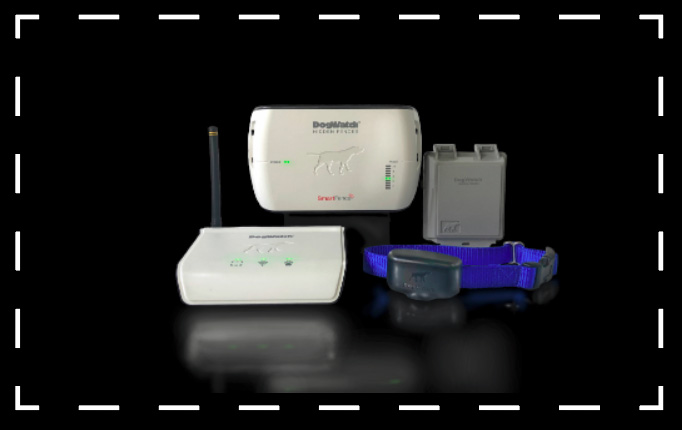
Did you know that anti-bark collars and shock collars aren’t the same things?
Yet so many people use the terms interchangeably!
Within this article, we’ll dive into all things related to anti-barking collars. We hope to give you a better understanding of the collars used to train our four-legged friends, including dispelling any myths.
- Anti-bark collars and shock collars are not the same.
Back to the common misconception that shock collars and anti-barking collars are the same things.
Shock collars are an outdated, potentially harmful form of behaviour therapy for pets. Other common names for shock collars are dog shock collar or electric collars. They work by delivering invariable shock stimulations to discourage dogs from problematic behaviour. Anti-barking collars differ from electric collars because they automatically deliver various levels of behaviour-correcting stimulation depending on dog breed/ size upon detecting problem behaviour. Furthermore, anti-bark collars are the most current form of behaviour correction, and in this way, the technology included is more responsive to specific nuisance barking and provides a more tailored, dog-specific approach. Anti-bark collars are safe, effective and easy to use.
- Are Anti- Barking collars harmful?
We love our furry friends like our own family, and their safety and comfort are of utmost importance to us as owners. When it comes to anti-bark collars, some view this type of collar as a painful restraint, and we’re here to tell you that’s not what it is. Anti-barking collars are not harmful to pets! Because they are a training mechanism and only need to be used during training efforts, there is no risk to the dog’s neck or well-being.
- How do Anti-Barking Collars work?
Dog training collars work by delivering electrical stimulation to a dog’s collar, upon receiving signals that convey nuisance barking. Sensors on the collar pick up on vibrations produced by barking, and processors on the collar respond with behaviour-changing stimulation. The level and frequency of stimulation are controlled by the owner and only need to be set to the required level. The delivered stimulation to correct problem behaviour is then automatic.
The function of the Anti-barking collar is to condition the dog to recognise its unwarranted barking as a problem through the deliverance of harmless but effective electrical stimulations. After a period, which may differ depending on the dog, this training is remembered, and dogs are able to control their barking without the collar. Rarely do dogs need to reuse the training collar after training has been completed.
- What are some benefits of using an anti-bark collar?
There are multiple features of the anti-bark collar that make it more efficient than traditional options. A dog training collar comes equipped with a first-of-its-kind bark counter. This feature allows owners to record and review dogs’ barking behaviours, even when they are not at home. Beyond this, this specific collar can change its intensity and frequency of electrical stimulation to the right setting of stimulation for the size and breed of your pet. Anti-bark collars use up-to-date technology to interpret problem barking versus surrounding sounds. A Bark Forgiveness feature allows for appropriate barking before any behaviour correction is applied.
- Are anti bark collars easy to use, or will I need a professional trainer?
Often, people utilise anti bark collars in the hope of not needing a professional trainer. With. Hidden Fence’s BT7 Bark Collar, a step-by-step guide is provided to make training your pet seamless and enjoyable. While this collar is user-friendly, we understand assistance is appreciated by some. We help with training if needed. Enquiries about training or the use of the collar can be found on our website.


